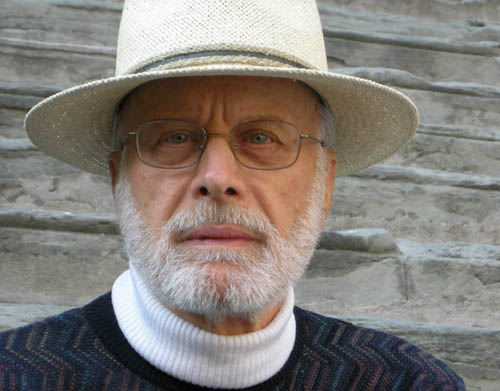 Don’t you agree that writing about yourself is one of the most difficult things you can be asked to do? And writing about yourself in the third person, as if you are somebody you only know as an acquaintance, makes you feel like you are hiding behind a mask. So let me jump right in and tell you about myself and why I am writing this book starting at the very beginning.
Don’t you agree that writing about yourself is one of the most difficult things you can be asked to do? And writing about yourself in the third person, as if you are somebody you only know as an acquaintance, makes you feel like you are hiding behind a mask. So let me jump right in and tell you about myself and why I am writing this book starting at the very beginning.
I was born in 1934 on the Island of Sumatra in what was then the Dutch East Indies, which became the Republic of Indonesia after World War II. My older brother, Adri, was also born in the Dutch East Indies, on the Island of Java. My father and mother came from The Netherlands, Holland as they called it, as newlyweds and were as Dutch as they come. My father was a school teacher seizing the opportunity to advance his career by committing to teach in the Dutch East Indies for 15 or 20 years. Two years after I was born, my father was offered a sabbatical in Holland to further his education. I vividly remember the winters, the snow, and the thick frost on the inside of the windows in which I could scratch my name and could blow holes with my warm breath.
When we returned from Holland, my father was assigned to Makassar, a harbor town steeped in history, on the Island of Celebes, which is now called Sulawesi. You can’t miss it when you look at a map of the Indonesian Archipelago. It looks like an elephant with a large trunk walking on its hind legs – at least it always has to me. I was four by that time and I instantly loved Makassar and our old house there. That is where and when my book begins.
Two years later, my father was transferred to Soerabaja, now spelled Surabaya, on the Island of Java. Our carefree and privileged life in Soerabaja was shattered when the Japanese attacked Pearl Harbor and three months later invaded the Dutch East Indies. My father immediately became a POW of the Japanese and was forced to work on the Burma Railroad (yes, the Bridge over the River Kwai) and towards the end of the war in a coal mine in Japan some 90 miles north of Nagasaki (close enough to see the cloud of the atom bomb). My brother was transferred to a civilian concentration camp for men when he was thirteen years old and my mother and I remained in a concentration camp for women and children under the Japanese Army, which is the real subject of with nothing but our lives.
Our family was lucky. All four of us survived. The English Military was handed the responsibility of closing the concentration camps and bringing families together, a gargantuan task without the benefit of computers and the communication tools that we take for granted. Considering that at the end of the War family members had no idea where the other members were and did not even know if they were alive, the English did an amazing job with grace and compassion. We were brought together in Singapore with only the clothes on our backs and were repatriated to Holland in April 1946.
I have carried this book in my mind for a long time and actually started to write it in 2006, realizing that I have the scary responsibility of being the last generation to know first-hand what happened in these concentration camps on Java under the Japanese during WWII.
To read more “Click here” to view the Main Page of About the Book and
the 7 Sub Pages on the drop-down menu of About the Book.
